Daunorubicin hydrochloride
Synonym(s):Daunomycin hydrochloride;Daunomycin, HCl;Daunorubicin hydrochloride;Daunorubicin, Hydrochloride - CAS 23541-50-6 - Calbiochem
- CAS NO.:23541-50-6
- Empirical Formula: C27H29NO10.ClH
- Molecular Weight: 563.98
- MDL number: MFCD04974507
- EINECS: 245-723-4
- SAFETY DATA SHEET (SDS)
- Update Date: 2025-12-24 08:33:08
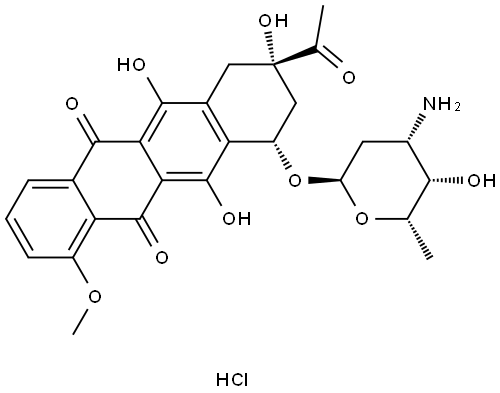
What is Daunorubicin hydrochloride?
Description
Daunorubicin HCl (23541-50-6) is an antitumor antibiotic used in the treatment of acute myeloid leukemias.1?Induces DNA damage by intercalation.2?Induces apoptosis in a variety of cell lines.3?Inhibition of autophagy with chloroquine enhances daunorubicin-induced apoptosis in K562 cells.4?Cell permeable.
Chemical properties
Dark Red Crystals
Originator
Cerubidine,Rhone-Poulenc Rorer,France
The Uses of Daunorubicin hydrochloride
Anthracycline antibiotic related to the rhodomycins. Antineoplastic
The Uses of Daunorubicin hydrochloride
Antineoplastic;DNA intercaling
The Uses of Daunorubicin hydrochloride
anti-neoplastic LD50 in mice 26 mg/kg
The Uses of Daunorubicin hydrochloride
A DNA intercalator which may suppress acute leukemia proliferation
What are the applications of Application
Daunorubicin hydrochloride is a DNA intercalator which may suppress acute leukemia proliferation
Definition
ChEBI: Daunorubicin hydrochloride is an anthracycline.
Manufacturing Process
A 170 liter fermentation vessel is charged with:
Corn steep
2.400 kg
Sucrose
3.600 kg
Calcium carbonate
0.900 kg
Ammonium sulphate
0.240 kg
Water
to 100 liters
This culture medium has a pH of 6.15. It is sterilised by passage of steam at
122°C for 40 minutes. After cooling, the volume of the broth is 120 liters and
the pH is 7.20. The medium is then seeded with 200 cc of a culture of the
strain Streptomyces 31723. The culture is carried out for 27 hours at 26°-
27°C with agitation and aeration with sterile air. It is then suitable for seeding
the production culture. The production culture is carried out in an 800 liter
formentation vessel charged with the following:
Soya flour 20 kg
Distillers' solubles 2.500 kg
Soya oil 2.500 liters
Soya oil 2.500 liters
Sodium chloride 5 kg
Water to 465 liters
Starch 10 kg
The pH of the medium thus obtained is adjusted to 7.20 with concentrated
sodium hydroxide solution (400 cc). The medium is then sterilised by the
passage of steam at 122°C for 40 minutes. After cooling, the volume of the
broth is 500 liters and the pH is 6.75. It is then seeded with 50 liters of the
culture from the 170 liter fermentation vessel. Culture is carried out at 28°C
for 67 hours with agitation and aeration with sterile air. The pH of the medium
is then 7.40 and the volume of the fermentation culture is 520 liters. The
quantitiy of antibiotic present in the medium is 29 μ/cc.
The above fermentation culture (520 liters; activity 29 μ/cc) is placed in a
vessel equipped with an agitator and the pH is adjusted to 1.8 with a
concentrated solution of oxalic acid. Agitation is carried out for one hour and a
filtration adjuvant (20 kg) then added. The mixture is filtered on a filter-press
and the filter-cake washed with water (100 liters) acidified to pH 2 with oxalic
acid. The filtrate (612 liters) is treated with concentrated sodium hydroxide
solution until the pH is 4.5. The filtrate is then passed through a column
containing Amberlite IRC 50 in hydrogen form (20 liters; diameter of column
15.2 cm, height of column 200 cm, height of resin at rest in column 110 cm).
The filtrate passes through the bed of Amberlite from base to top at a rate of
40 liters/hour. The column is then washed with water (100 liters) at a rate of
50 liters/hour circulating from base to top and then with methanol (containing
10% water; 75 liters) circulating from top to base at a rate of 50 liters/hour.
The washings are discarded and the column is then eluted with a solution
having the following composition (per liter):
The eluate (100 liters), which contains the major part of the antibiotic, is
concentrated under reduced pressure at 35°C to 10 liters. The concentrate is
extracted at pH 7.5 with chloroform (2 times 5 liters). The chloroformic
extract is adjusted to pH 4 with a solution of acetic acid in chloroform (10:100
by volume) and then concentrated at 30°C under reduced pressure to 100 cc.
The antibiotic is precipitated by the addition of hexane (1 liter), separated,
washed and dried to give an amorphous red powder (9 g) of activity 1,400
μ/mg.
The crude antibiotic (17.1 g) obtained as above described (activity 1530
μ/mg) is dissolved with stirring in a mixture of methylene chloride (1.5 liters),
carbon tetrachloride (0.3 liters) and water (1.8 liters). The pH is then adjusted
9865 RP (500 mg), obtained as above described, is dissolved in normal
sulphuric acid (100 cc) and the solution obtained is heated for 20 minutes on
a water-bath. After cooling and extracting with ethyl acetate (3 times 200 cc),
the organic extract is dried over anhydrous sodium sulphate, filtered and
concentrated to a small volume, giving, after filtering, washing and drying,
crystals (218.5 mg). These crystals (150 mg) are dissolved in chloroform (3
cc) and benzene (1.5 cc) and the solution obtained is chromatographed on 20
sheets of Arches No. 310 paper impregnated with a solution of acetone
containing 20% formamide, and developed for 90 minutes by means of a 2:1
mixture of chloroform and benzene saturatd with formamide. The principal
zone of Rf = 0.86 is cut out of each of the 20 sheets and the 20 zones thus
cut out are comminuted in a mixer in the presence of methanol. The mixture
obtained is filtered, concentrated, and water (10 volumes) added. The
precipitate obtained is filtered off, washed and dried under reduced pressure
to give crystals (120 mg). These crystals (170 mg) are dissolved in dioxan
containing 20% water (15 cc) and water acidified to pH 4 with 0.1 N
hydrochloric acid is added dropwise. The crystals formed are filtered off,
washed and dried, thus giving the aglycone of 9865 RP (130 mg) in the form
of orange-red needles, having a first melting point at 160°C and a second at
225°C-230°C.
Daudorubicin can be prepared by gene ingineering methods also.
to 3 by the addition of normal hydrochloric acid (8 cc). After decanting, the
aqueous phase is treated with methylene chloride (7 liters) and 0.1 N sodium
hydroxide solution (200 cc) to give a pH of 7.5. After decanting, the aqueous
phase is again extracted at pH 7.5 with methylene chloride (3.5 liters). The
methylene chloride extracts are combined and concentrated to 100 cc. After
the addition of hexane (1 liter) to the concentrate, a product precipitates which is filtered off, washed and dried at 30°C under reduced pressure to give
the antibiotic 9865 RP (9.15 g) in the form of an amorphous orange-red
powder of activity 2180 μ/mg.
brand name
Cerubidine (Bedford); Cerubidine (Sanofi Aventis); Cerubidine (Wyeth).
Therapeutic Function
Antineoplastic
General Description
Orange-red powder. Thin red needles decomposing at 188-190°C. An anti-cancer drug.
General Description
Daunorubicin is available in 20- and 100-mg vials for reconstitution.The agent is given intravenously for the treatmentof acute nonlymphocytic and lymphocytic leukemia. Otherunlabeled uses include CML and Kaposi sarcoma. In general,its use is more limited than that of doxorubicin.Daunorubicin lacks the hydroxyl groups found at C-14 ofdoxorubicin. This leads to an increase in the amount of thealcohol metabolite daunorubicinol (active) arising as a resultof reduction of the side chain ketone. This, however, doesnot appear to lead to a significant increase in the occurrenceof cardiotoxicity compared with doxorubicin. The mechanismsof resistance and toxicities of daunorubicin are similarto that of doxorubicin; the major difference betweenthe two agents being the spectrum of cancers that they areused treat.
A liposomal form of daunorubicin is also availableknown as DaunoXome. The drug offers the same advantagesas those seen for the liposomal form of doxorubicin.
Air & Water Reactions
Water soluble.
Reactivity Profile
Daunorubicin hydrochloride may emit toxic oxides of nitrogen when heated.
Biological Activity
Anticancer agent that is clinically used to treat nonlymphocytic leukaemia. Inhibits RNA and DNA synthesis and causes DNA fragmentation in vivo .
Biochem/physiol Actions
Potent anticancer agent. Inhibits DNA and RNA synthesis as sequence specific ds-DNA intercalating agent.
Pharmacokinetics
Like Doxil (the liposomal formulation of doxorubicin), DaunoXome is indicated for use in AIDS-related Kaposi's sarcoma and is administered IV at a dose of 40 mg/m2 every 2 weeks. The pharmacokinetic profiles of Doxil and DaunoXome are similar.
Clinical Use
Daunorubicin is administered IV at a dose of 45 mg/m2 for the treatment of lymphocytic and nonlymphocytic leukemia.
Metabolism
The 18.5-hour terminal half-life of daunorubicin is approximately half that of doxorubicin, and the terminal half-life of the active daunorubicinol metabolite is 26.7 hours. Excretion is approximately 40% biliary and 25% urinary.
Storage
+4°C
References
1) Laurent and Jaffrezou (2001),?Signaling pathways activated by daunorubicin; Blood?98?913 2) Yang et al. (2014), Doxorubicin, DNA torsion, and chromatin dynamics; Biochim.Biophys.Acta, 1845 84 3) Masquelier?et al.?(2004),?Relationship between daunorubicin concentration and apoptosis induction in leukemic cells; Biochem.Pharmacol.?67?1047 4) Han?et al.?(2011),?Autophagy inhibition enhances daunorubicin-induced apoptosis in K562 cells; PLoS One?6?e28491
Properties of Daunorubicin hydrochloride
| Melting point: | 190°C (dec) |
| alpha | D20 +248 ±5° (c = 0.05-0.1 in methanol) |
| storage temp. | Inert atmosphere,2-8°C |
| solubility | Freely soluble in water and in methanol, slightly soluble in alcohol, practically insoluble in acetone. |
| form | solid |
| color | red to deep red |
| Water Solubility | Soluble in water (50 mM) |
| λmax | 477nm(H2O)(lit.) |
| Sensitive | Hygroscopic |
| Merck | 14,2832 |
| BRN | 4229221 |
| Stability: | Stability |
| EPA Substance Registry System | Daunorubicin hydrochloride (23541-50-6) |
Safety information for Daunorubicin hydrochloride
| Signal word | Danger |
| Pictogram(s) |
 Skull and Crossbones Acute Toxicity GHS06  Health Hazard GHS08 |
| GHS Hazard Statements |
H301:Acute toxicity,oral H341:Germ cell mutagenicity H351:Carcinogenicity |
| Precautionary Statement Codes |
P201:Obtain special instructions before use. P202:Do not handle until all safety precautions have been read and understood. P264:Wash hands thoroughly after handling. P264:Wash skin thouroughly after handling. P270:Do not eat, drink or smoke when using this product. P280:Wear protective gloves/protective clothing/eye protection/face protection. P301+P310:IF SWALLOWED: Immediately call a POISON CENTER or doctor/physician. |
Computed Descriptors for Daunorubicin hydrochloride
Daunorubicin hydrochloride manufacturer
Archerchem Healthcare Pvt., Ltd. (part of Archerchem Group)
New Products
Indole Methyl Resin tert-butyl 9-methoxy-3-azaspiro[5.5]undecane-3-carboxylate Boc-His(Boc)-OH 2-CTC Resin 4-Chloro-7-tosy1-7Hpyrrolo[2,3-d]pyrimidine 5,7-Dibromo-1H-indole 2,5-dichloro-N-hydroxy-4,6-dimethylpyridine-3-carboximidamide 2,2-Dimethoxy-7-azaspiro[3.5]nonane hydrochloride 4-chloromethyl-5-methyl-1,3-dioxol-2-one (DMDO-Cl) R-2-BENZYLOXY PROPIONIC ACID 1,1’-CARBONYLDIIMIDAZOLE 1,1’-CARBONYLDI (1,2-4 TRIAZOLE) N-METHYL INDAZOLE-3-CARBOXYLIC ACID 4-((2-hydroxyethyl)thio)benzoic acid 1-(TERT-BUTOXYCARBONYL)-2-PYRROLIDINONE Methyl 6-methylnicotinate 3-Pyridineacrylic acid tert-Butyl carbazate TETRAHYDRO-2H-PYRAN-3-OL 2-((4-morpholinophenylamino) (methylthio) methylene) malononitrile 3-(4-morpholinophenylamino)-5-amino-1H-pyrazole-4-carbonitrile 2,4-dihydroxybenzaldehyde 1,3-Diethyl-1,3-Diphenylurea Methyl 2-methylquinoline-6-carboxylateRelated products of tetrahydrofuran
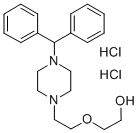
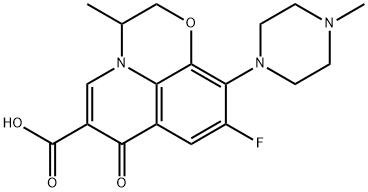
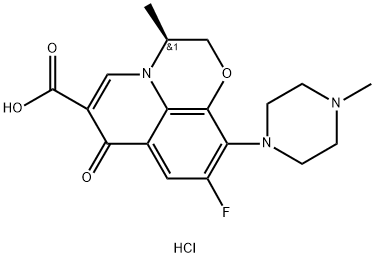
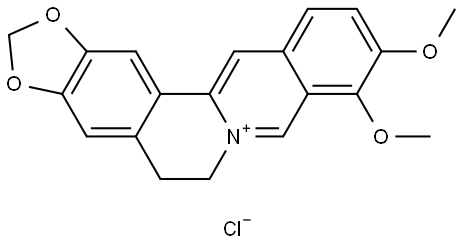
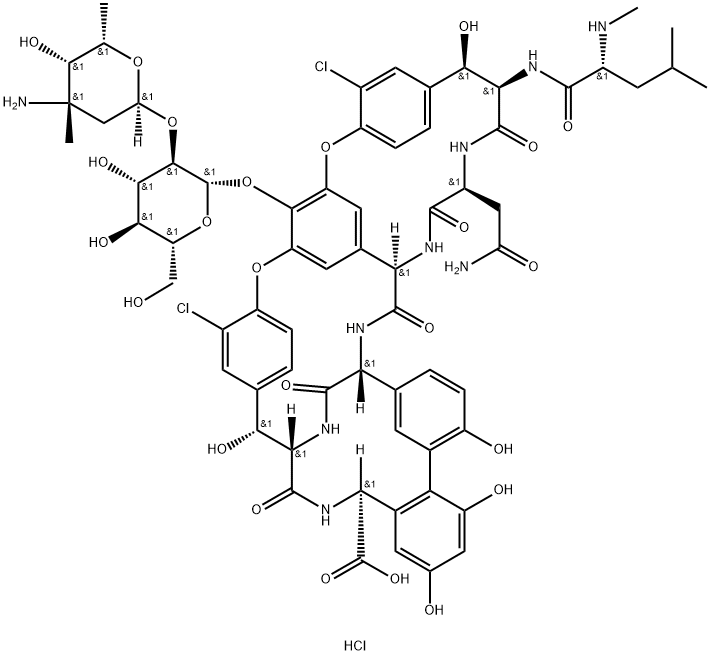

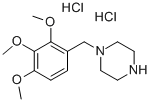
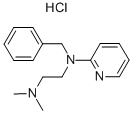
You may like
-
 23541-50-6 98%View Details
23541-50-6 98%View Details
23541-50-6 -
 Daunorubicin hydrochloride 98%View Details
Daunorubicin hydrochloride 98%View Details
23541-50-6 -
 Daunorubicin Hydrochloride 99%View Details
Daunorubicin Hydrochloride 99%View Details -
 Daunorubicin HCl 96% (HPLC) CAS 23541-50-6View Details
Daunorubicin HCl 96% (HPLC) CAS 23541-50-6View Details
23541-50-6 -
 Daunorubicin Hydrochloride CAS 23541-50-6View Details
Daunorubicin Hydrochloride CAS 23541-50-6View Details
23541-50-6 -
 Daunorubicin hydrochloride CAS 23541-50-6View Details
Daunorubicin hydrochloride CAS 23541-50-6View Details
23541-50-6 -
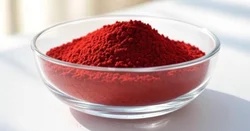 Daunorubicin Hydrochloride API Powder USPView Details
Daunorubicin Hydrochloride API Powder USPView Details
23541-50-6 -
 Thiourea 99% ARView Details
Thiourea 99% ARView Details
62-56-6
